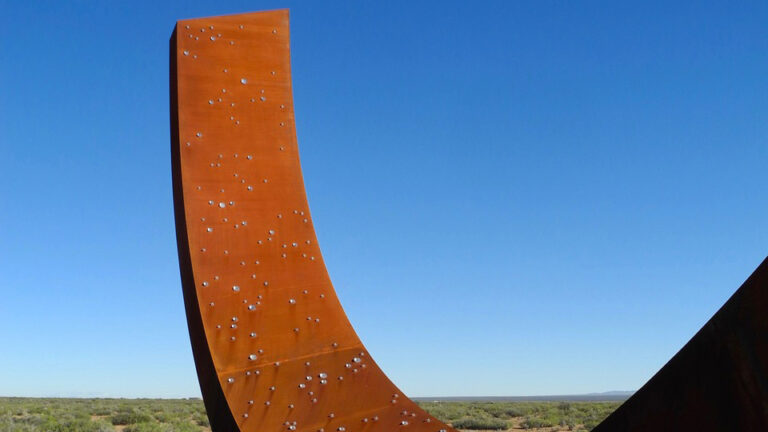Culture Shock: New Classics
Otto Rigan's Sculptural Work And The Art Of Endurance


Otto Rigan
Latest Article|September 3, 2020|Free
::Making Grown Men Cry Since 1992


Otto Rigan


